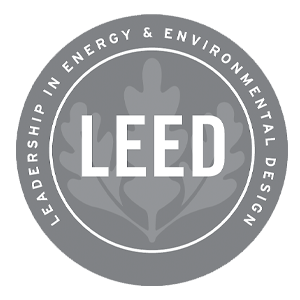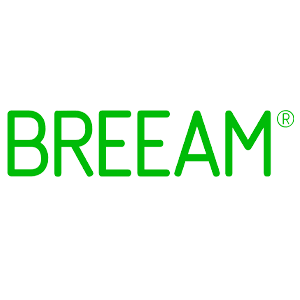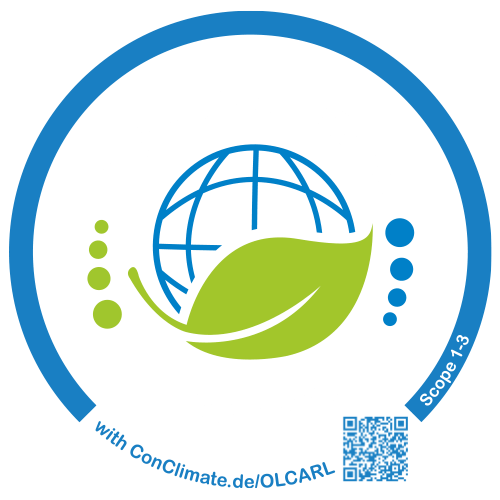Der Green-Building Zertifizierungsdschungel – Ein kurzer Überblick:
Ein Deutscher verbringt ungefähr 85 Prozent seines Lebens in einer Immobilie. Es ist somit kein Wunder, dass Gebäude unseren Alltag dominieren. Dennoch rückt der Immobiliensektor in Zeiten des Klimawandels und der Ressourcenverknappung immer mehr in die Negativ-schlagzeilen.
Wieso, fragen Sie sich?
Die Immobilienbranche verwendet auf nationaler Ebene einen Anteil von über 40 Prozent des Energieverbrauches und erzeugt damit jährlich mehr als 170 Mio. Tonnen CO2-Emissionen. Somit trägt der Gebäudesektor maßgeblich zu der Klimakrise bei.
Diese statistischen Angaben sind jedoch nicht neu und vielen bewusst. Deshalb haben sich schon vor einigen Jahren viele Gebäude-Zertifizierungssysteme weltweit etabliert, um den Gebäudesektor nachhaltiger beziehungsweise zukunftsfähiger zu gestalten. Gebäude sollen nicht nur nachhaltig geplant, gebaut oder saniert werden, sondern auch nachhaltig betrieben werden. Im Vordergrund steht die Betrachtung über den gesamten Lebenszyklus einer Immobilie.
Was genau bedeutet das?
Das Primärziel einer Zertifizierung ist im Grunde einfach: Die Gebäude sollen in einer ganzheitlichen Betrachtung auf den Umgang und den Verbrauch von Energie hin optimiert werden. Zudem müssen, je nach Zertifizierungsstandard, weitere Bedingungen erfüllt werden, die zu einem nachhaltigen Gebäude führen, z. B. Verwendung nachhaltiger / ökologischer Materialien, Nutzerkomfort, Wassereffizienz und Abfallmanagement. So findet eine ganzheitliche Bewertung statt und Optimierungspotenziale werden deutlich. Die Systeme umfassen meist auch soziale Aspekte, wie z. B. Gesundheit & Wohlbefinden wie auch Aufenthaltsqualität für die Nutzer. Ein Vorteil von einheitlichen Standards ist zudem die Vergleichbarkeit.
Welche Standards gibt es nun?
Green Star (Australien), CASBEE (Japan), LEED® (Nordamerika & Europa), HQE (Frankreich), BREEAM (Teile Europas), Verde (Spanien), Lider A (Portugal) oder der DGNB (Deutschland) sind nur ein Teil der mehr als 58 weltweiten existierenden Gebäude-Zertifizierungssysteme, die angewendet werden, um Gebäude nach ökologischen, sozialen und ökonomischen Aspekten zu bewerten. Dabei stellen diese weitgehend verschiedenen Anforderungen an ein nachhaltiges Gebäude.
In Deutschland haben sich drei der vielen Gebäudebewertungssystemen durchgesetzt: LEED aus den USA, BREEAM aus Großbritannien und DGNB aus Deutschland. Jeder Standard hat verschiedene Anforderungen und gewichtet diese differenziert.
Folgend ein kurzer Überblick über die drei Gebäude-Zertifizierungssysteme:
- Gegründet 1998 vom US Green Building Council
- Anwendung in mehr als 160 Ländern
- Ca. 79.000 Projekte zertifiziert
- Anwendung auf nahezu alle Arten von Immobilien
- Bewertung bezieht sich auf alle Phasen des Lebenszyklus von Gebäuden: Bau (BD+C), Innenausbau (ID+C) sowie Betrieb und Instandhaltung (O+M).
- In Deutschland wird die Systemvariante BD+C am häufigsten angewandt (75%), gefolgt von O+M (20%)
- Aufbau Kriterienkatalog u. a.: Standort, Wassereffizienz, Energie & Atmosphäre, Materialien & Ressourcen, Innenraumqualität sowie Innovation
- LEED-Zertifikat gibt es in Abhängigkeit von den erreichten Punkte in Platin, Gold, Silber und Zertifiziert
- Rezertifizierung alle 3 Jahre (nur im Bestand)
- BREEAM ist das älteste Zertifizierungssystem
- Eingeführt 1990 in Großbritannien
- Präsent in 89 Ländern
- Ca. 594.000 Gebäude zertifiziert
- Anwendung BREEAM International für Projekte außerhalb Großbritanniens
- Existenz von länderspezifischen Bewertungskatalogen, z. B. in Deutschland BREEAM DE seit 2012
- Zertifizierung auch in Deutschland nach Neubau und Bestand möglich
- BREEAM Bestand in Deutschland am häufigsten verwendet (90%); zertifiziert werden jedoch nur Nichtwohngebäude; Bewertung erfolgt getrennt nach: Gebäude, Betrieb und Nutzer
- Aufbau Kriterienkatalog u. a.: Management, Gesundheit & Wohlbefinden, Energie, Transport, Wasser, Materialien, Abfall, Landnutzung & Ökologie und Verschmutzung
- Unterteilung Zertifizierungsstufen in 5 oder 6 Sterne
- Rezertifizierung alle 3 Jahre (nur im Bestand)
- Gütesiegel der Deutschen Gesellschaft für Nachhaltiges Bauen e.V. (DGNB) seit 2009
- Präsenz in 29 Ländern
- Ca. 5.000 Gebäude zertifiziert
- Zertifizierung ist auf allen Ebenen wie Planung, Neubau, Bestand und Sanierung, Betrieb sowie Rückbau anwendbar
- Marktführer für Neubau in Deutschland
- Wesentliche Paradigmen sind: Lebenszyklusbetrachtung, Ganzheitlichkeit, Performanceorientierung
- Aufbau Kriterienkatalog u.a.: wirtschaftliche, ökologische und städtebauliche Qualitäten
- DGNB-Zertifikat wird in Abhängigkeit zum Erfüllungsgrad in Platin, Gold und Silber (und Bronze) vergeben
- Rezertifizierung alle 3 Jahre (nur im Bestand)
Die Entscheidung, welches System schließlich angewendet wird, ist individuell abhängig vom Projekt. Man muss sich vor Augen führen, dass jedes Projekt, jeder Bauherr aber auch jeder Investor anders ist und andere Schwerpunkte setzt. So setzen zum Beispiel international agierende Akteure eher auf internationale Standards, um ihre Gebäude weltweit nach den gleichen Standard zu bauen und zu vergleichen. National handelnde Firmen arbeiten lieber mit einem aus Deutschland kommenden Standard. Meistens sind dies strategische Entscheidungen.
Für die qualifizierte Auswahl des für Sie geeigneten Green Building-Zertifikats können wir Sie unterstützen. Sprechen Sie uns jederzeit gerne an. Wir beraten Sie hingehend der jeweiligen Zertifizierungen und unterstützen Sie gern bei der Umsetzung.
Sie sind noch unsicher, ob ein Green Building-Zertifikat für Sie sinnvoll ist? Hier finden Sie die Vorteile im Überblick.





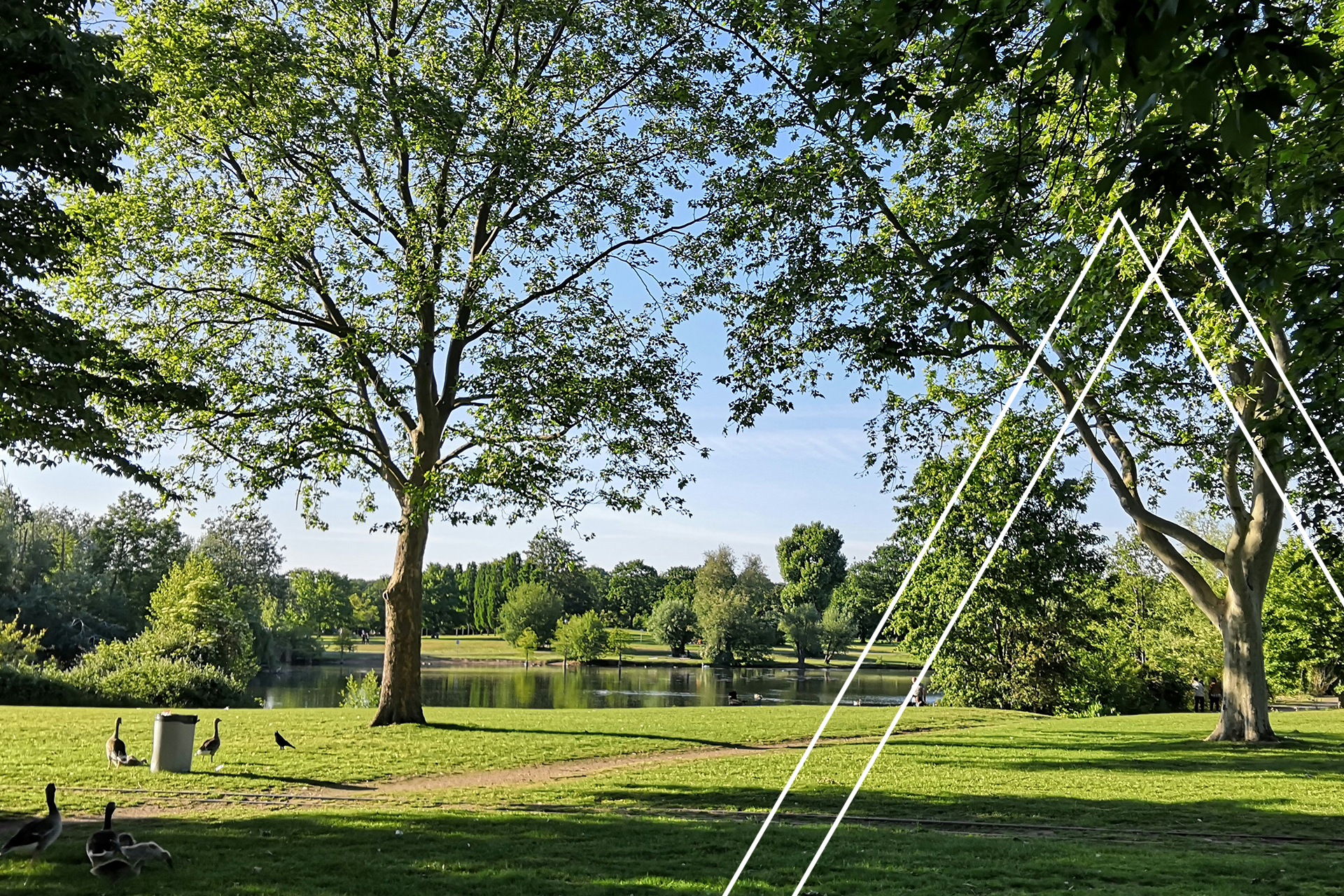
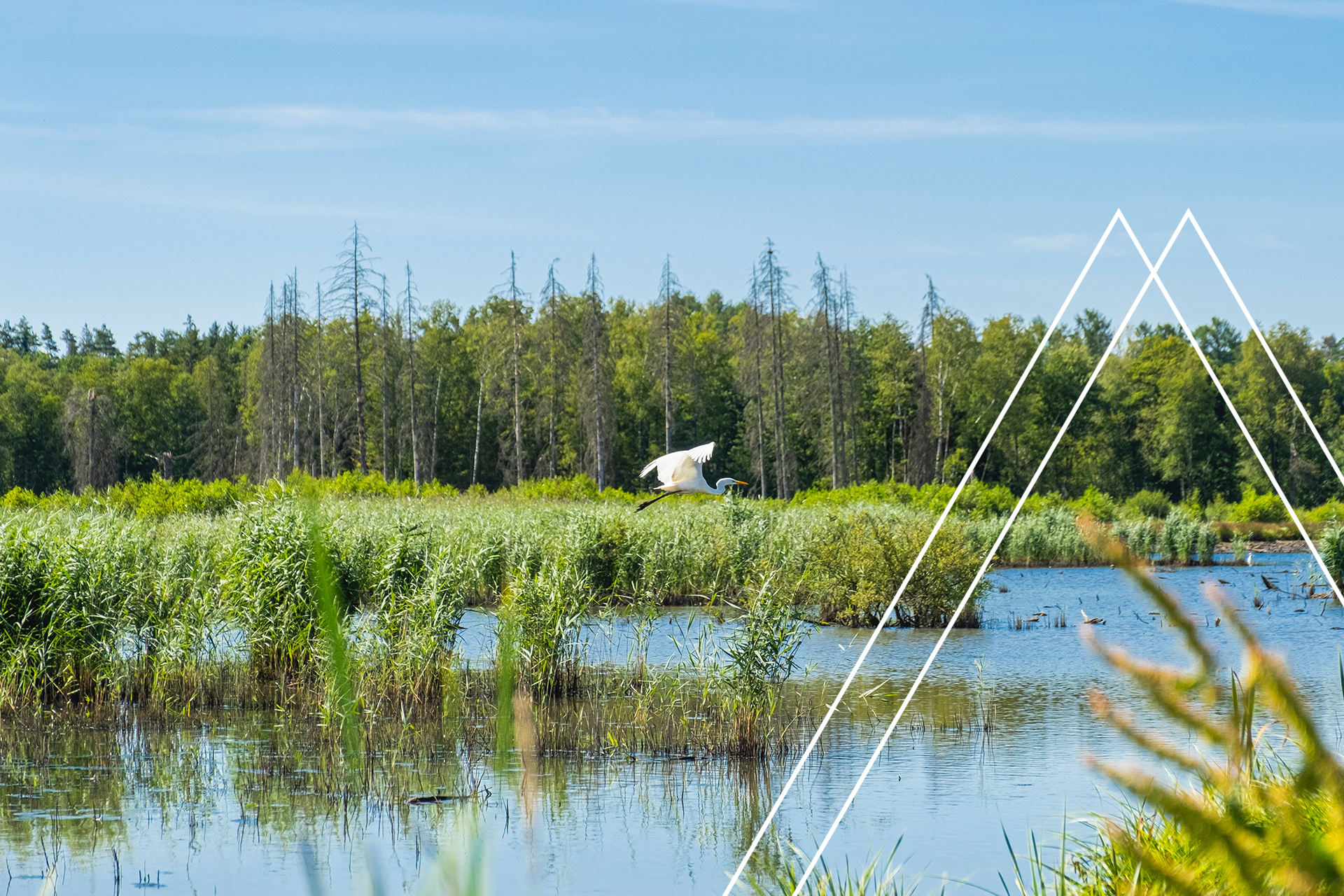


Head Office, Berlin,
Neue Grünstraße 17 | 18 Hof 1 | TRH 3
10179 Berlin
© ES EnviroSustain GmbH 2021


